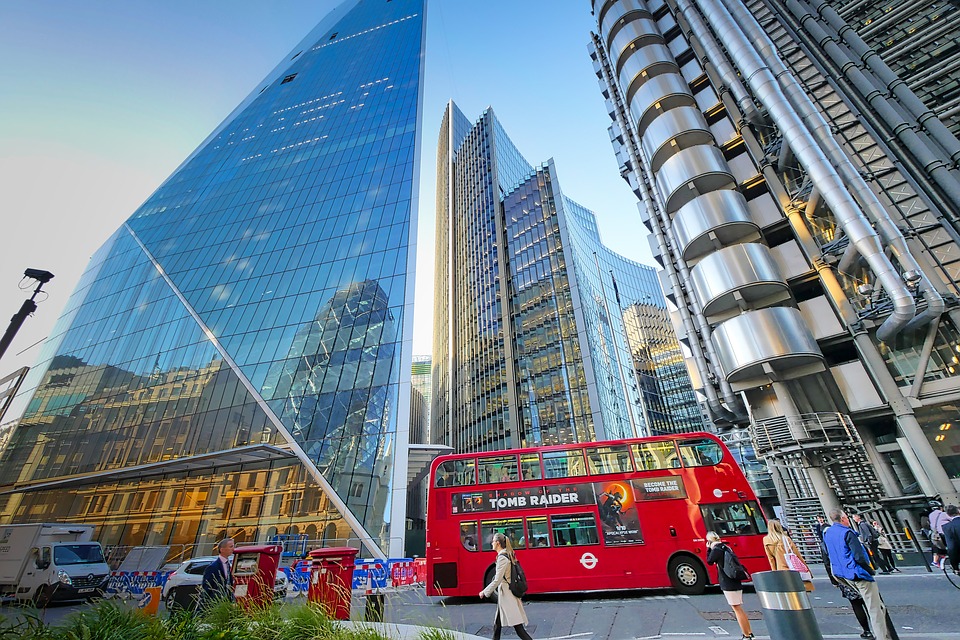The UK’s unemployment rate continued to fall in December 2021, but commentators have warned that the figures should be “taken with a pinch of salt”, while adding further pressure on the Bank of England.
The latest data from the Office for National Statistics estimates that there were 29.5m employees in the UK in December, an increase of 184,000 on the revised November 2021 level and up 409,000 on February 2020 pre-Covid.
The UK’s unemployment rate fell 0.4 percentage points to 4.1% on the quarter, but economic inactivity rose.
The data, however, focuses on the unemployment rate for September to November – before the Bank of England hiked interest rates in response to soaring UK inflation, as well as the onset of Omicron, which has had a widespread impact on businesses and services across the country.
With UK inflation expected to peak further this year, household incomes are set to be squeezed further.
Danni Hewson, AJ Bell financial analyst, said: “Furlough was seen as the cotton wool that cushioned the UK’s jobs market from the ravages of Covid. The end of the scheme filled many with dread, a fear that those still being protected would find themselves out of work sending unemployment levels soaring.
“The reality is an intriguing picture with a record level of job vacancies, the number of employees more than 400,000 above that pre-pandemic and the redundancy rate at a record low.
To find out more about how we can assist you with your Second Charge Mortgage please click here
“So far so good, but that’s not quite the full story and between the lines is a complex situation that does require careful consideration.”
Hewson noted that despite an improvement in the number of new job vacancies coming to market, there is a “yawning chasm” between the number of workers available to employers and the number of workers needed to “thrive or in some cases survive”.
At the same time, the number of people categorised as ‘economically inactive’ grew by 0.2% from September to November to 21.3%, Hewson highlighted, despite the improvement in the overall unemployment figures.
Shane O’Neill, head of interest rate trading for Validus Risk Management, said: “This [unemployment] number, though positive, will be taken with a pinch of salt – it predates both the BoE rate hike and the onset of Omicron, which caused significant economic scarring.
“It will serve as partial confirmation that the decision to hike in December was the right course of action, though the true test for this will be post-Omicron data.
“These figures represent another box ticked on the path to more rate hikes, the first of which is expected as early as February. Focus will now turn to tomorrow’s inflation data.”
James Lynch, fixed income investment manager at Aegon Asset Management, said: “The labour market is key for the Bank of England’s medium-term outlook on inflation. If the signs are there for wage rises in the future, then inflation is going to be longer lasting than what is currently being driven by spiking energy prices.
“With inflation still to rise further over the next three months and Covid-19 restrictions being eased – which will help economic activity – plus a tight labour market, we expect the Bank of England to raise interest rates to 0.50% in its next MPC meeting on 3rd February.”
What an interest rate hike in February would mean for markets
Paul Craig, portfolio manager at Quilter Investors, argued that although the Omicron variant has had less of an impact than many anticipated, its emergence still saw many people cancelling or rearranging plans “which will have thrown a spanner in the works for many businesses”.
“Additionally, many employees are still currently being told to work from home where possible, which will continue to disrupt demand, particularly in city areas,” he said.
Craig added: “While the unemployment rate is looking generally positive, the true impact of the Omicron variant on businesses and their employees will likely play out in the coming months, particularly as government support schemes were so limited this time around.”
Nevertheless, interactive investor’s Myron Jobson noted that the UK job market is “very much alive and kicking”.
The personal finance campaigner said: “The UK job market remains robust, but wages continue to lag behind inflation which threatens to put pressure on household budgets, with higher taxes and further increases in the cost of living still to come.
“Concerns remain about the quality of employment. What percentage of young people in employment are on temporary contracts for example?”
UK GDP beats consensus forecasts but experts warn of bleak data for 2022
Jobson also highlighted the ongoing gulf between demand and supply in some sectors, such as the HGV driver shortage, while the hospitality sector’s “struggle to attract talent” is ongoing.
He added: “Many firms are still struggling to fill vacancies, which threatens to impact businesses’ ability to meet demand for goods and services – adding to supply chain pressures.”
But while employment rates in the UK rose in November last year, investor confidence in UK economic growth has fallen, with inflation and a squeeze on income unsettling markets.
Despite better than anticipated job growth, wages continue to lag inflation. The FTSE 100 fell following the ONS’s data, with Right Move one of the largest losers over concerns how the housing sector will be impacted with another interest rate rise looming.
According to the Hargreaves Lansdown investor confidence index, confidence in UK economic growth has fallen 2% since November.
Susannah Streeter, senior investment and markets analyst at Hargreaves Lansdown, said: ‘’The financial and labour markets have batted away Omicron like an annoying fly, but worries are increasing that inflationary pressures combined with an income squeeze could come with a painful sting.
“The effect of the great resignation as workers search for higher pay is filtering through to wage growth, but the rises aren’t keeping pace with inflation.
“It’s a problem already buzzing in the ears of Bank of England policymakers, as they decide when and how quickly to raise rates to try and keep a lid on price rises.”
By Alex Rolandi
Source: Professional Adviser
Discover our Second Charge Mortgage Broker services.





